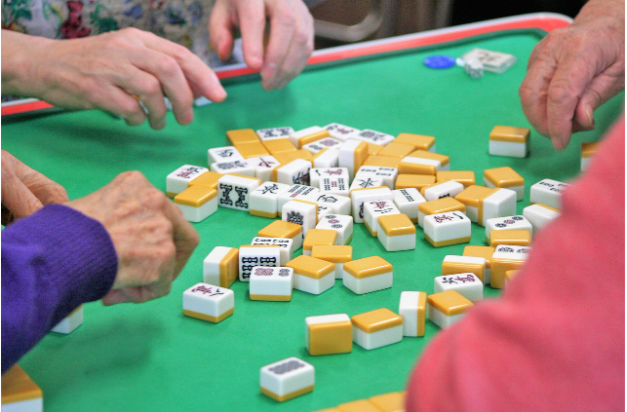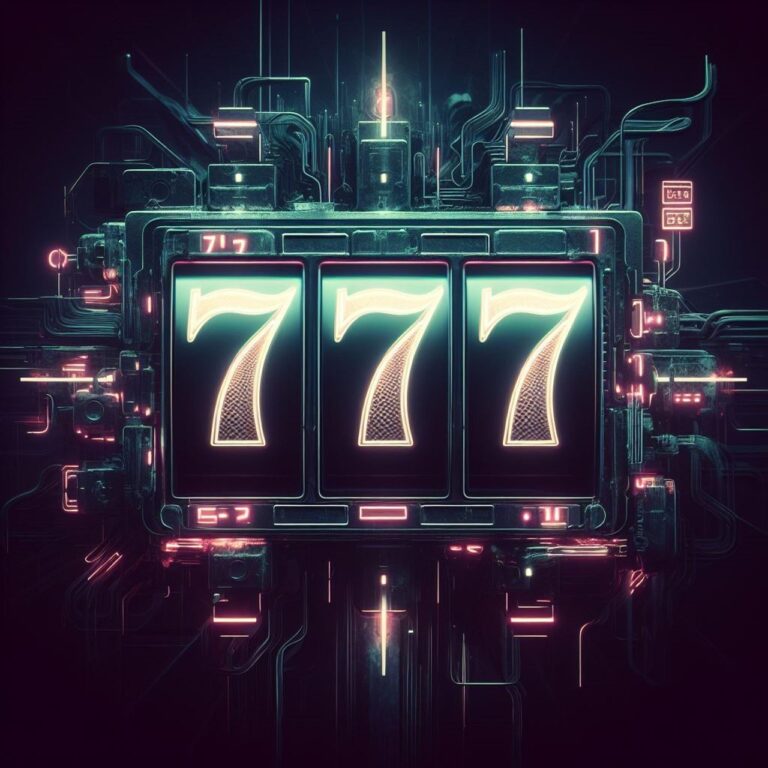Mahjong and Poker have always been tremendously social games. A table, friends, a bit of chatter, and plenty of calculation. What’s changed is where that table sits and who gathers around it. Today, the action might unfold under studio lights in Tokyo, in a massive ballroom packed with international rivals, or on Twitch, where thousands of fans follow a streamer’s every discard or river card.
Esports, too, thrives on spectacle and community, and for both Mahjong and Poker, livestreaming and influencer marketing have become the engines of global popularity.

Building Mahjong as a Spectator Sport
Japan’s M.League: The Broadcast Blueprint
When Japan’s M.League launched in 2018, it reimagined Mahjong as a professional sport, including salaried players, structured seasons, and polished broadcasts. The gamble worked. According to broadcaster ABEMA, average viewership has more than tripled in just five years. With uniforms, team drafts, and expert analysts, Mahjong was reframed as a serious “mind sport,” far removed from its old smoke-filled room image.
And if watching sparks the urge to try it yourself, you don’t have to wait for a seat at a local club. You can simply play mahjong on online platforms any time. Instant tables mean no waitlists, and it’s the easiest way to pick up the rhythms and strategies commentators highlight during live matches.
China’s Official Codification
China took a different path. In 1998, Mahjong was recognized as an official sport with unified Mahjong Competition Rules (MCR). That standardization allowed for national championships and international play under a consistent framework, anchoring the game’s legitimacy as a regulated competition.
Global Expansion
The World Riichi Championship (WRC) now draws elite players from across continents. In 2022, Vienna’s final table included two non-Japanese competitors — proof of Mahjong’s global reach. In Europe, the EMA runs a dense calendar of events, while the American Riichi Association recently saw more than 400 participants in its WRC qualifiers, securing extra international seats for 2025.
Poker’s Parallel Esports Journey
Poker’s transformation into a spectator sport similarly came about, fueled by online platforms and televised tournaments like the World Series of Poker. What once required a casino table now thrives on livestreams, influencer-hosted games, and even crypto-powered platforms that guarantee instant access.
Poker’s accessibility — spectacular bluffs, big pots, and visible risk-reward drama—maps neatly onto the same esports playbook:
- Commentators explain strategy in real time.
- Creators host online tournaments, blending teaching with entertainment.
- Fans can instantly play along on digital platforms.
Both Mahjong and Poker thrive on the same loop: watch, learn, play, repeat.
The Livestreaming Effect
Livestreaming turned cerebral, solitary games into shared drama:
- Puzzle solving in real time – Fans replay discards or hands before chat explodes with analysis.
- Human drama – Risky plays spark collective gasps.
- Accessible commentary – Casters simplify complex decisions, onboarding new fans.
Japan’s ABEMA telecasts set the tone, blending sports-style analysis with chess-like depth. Meanwhile, vloggers and streamers brought Mahjong and Poker to younger and newer audiences through creative narratives and storytelling.
READ MORE: The Vlogger Effect — A New Kind of Poker Boom
Influencers as the New Coaches
Rulebooks are dry. Influencers are magnetic. They:
- Teach strategy through mistakes and laughs.
- Lower barriers by normalizing failure.
- Build sticky communities around learning.
Collaboration events like Phase Connect x Mahjong Soul or Hololive’s Poker and Mahjong exhibitions showcase the future: esports-level production fused with influencer personalities, trailers, graphics, and sponsor tie-ins.
Platforms That Fuel the Ecosystem
- Tenhou (Mahjong) – Japan’s elite ladder, the training ground for aspiring pros.
- Mahjong Soul – Streamer-friendly design, global accessibility, and regular influencer events.
- PokerStars & GG Poker – Industry behemoths with livestream integration and influencer partnerships.
- ABEMA & Twitch – Broadcast polish plus community chat, the dual engines of esports viewership.
Why These Games Are So Watchable
Like chess or traditional esports, both Mahjong and Poker offer:
- Visible risk math – Poker reveals hidden hole cards; Mahjong dramatizes inference from discards.
- Short arcs inside long seasons – One hand can swing an entire session’s standings.
- Accessibility loops – Watch a pro, play online instantly, return with deeper understanding.
The “I can do that” moment is what locks viewers into becoming players.
What’s Next: A Sustainable Formula
The ecosystem now stands on four pillars:
- Year-round narratives – Pro leagues, qualifiers, and world championships.
- Creator-driven onboarding – Streamers translating complexity into “aha” moments.
- Instant participation – Platforms with no waitlists, 24/7 access, and crypto-friendly transactions.
- Global pathways – From club nights to WRC or WSOP finals.
Mahjong and Poker’s competitive futures are bright because they’ve fused tradition with modern esports mechanics. Influencers, streamers, and vloggers aren’t just amplifiers — they’re the bridge turning casual viewers into lifelong fans.
The story isn’t over when the broadcast ends. It continues in online lobbies, in Twitch chat, and at local clubs. That’s how a classic game evolves into a sustainable esports ecosystem.





